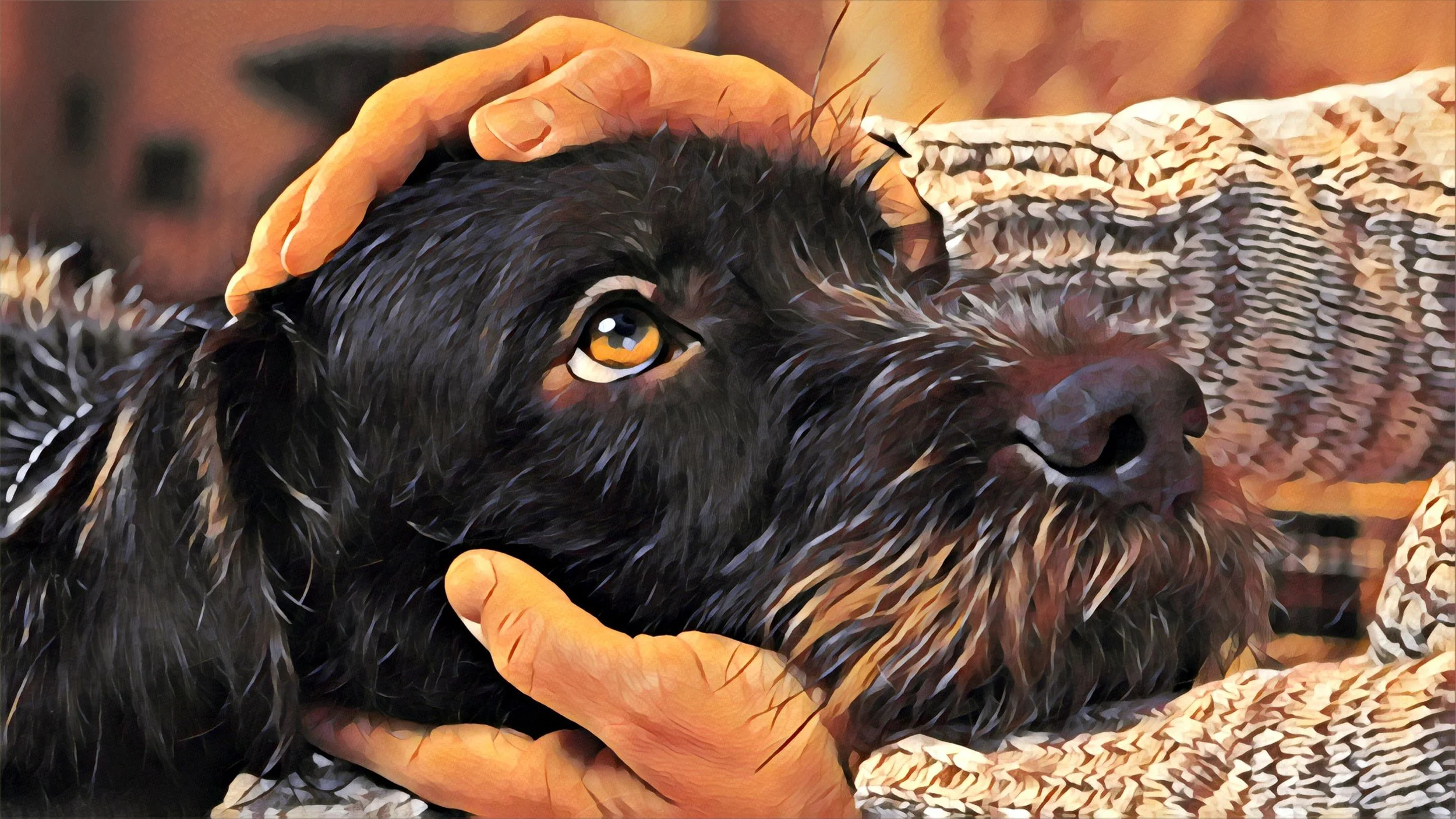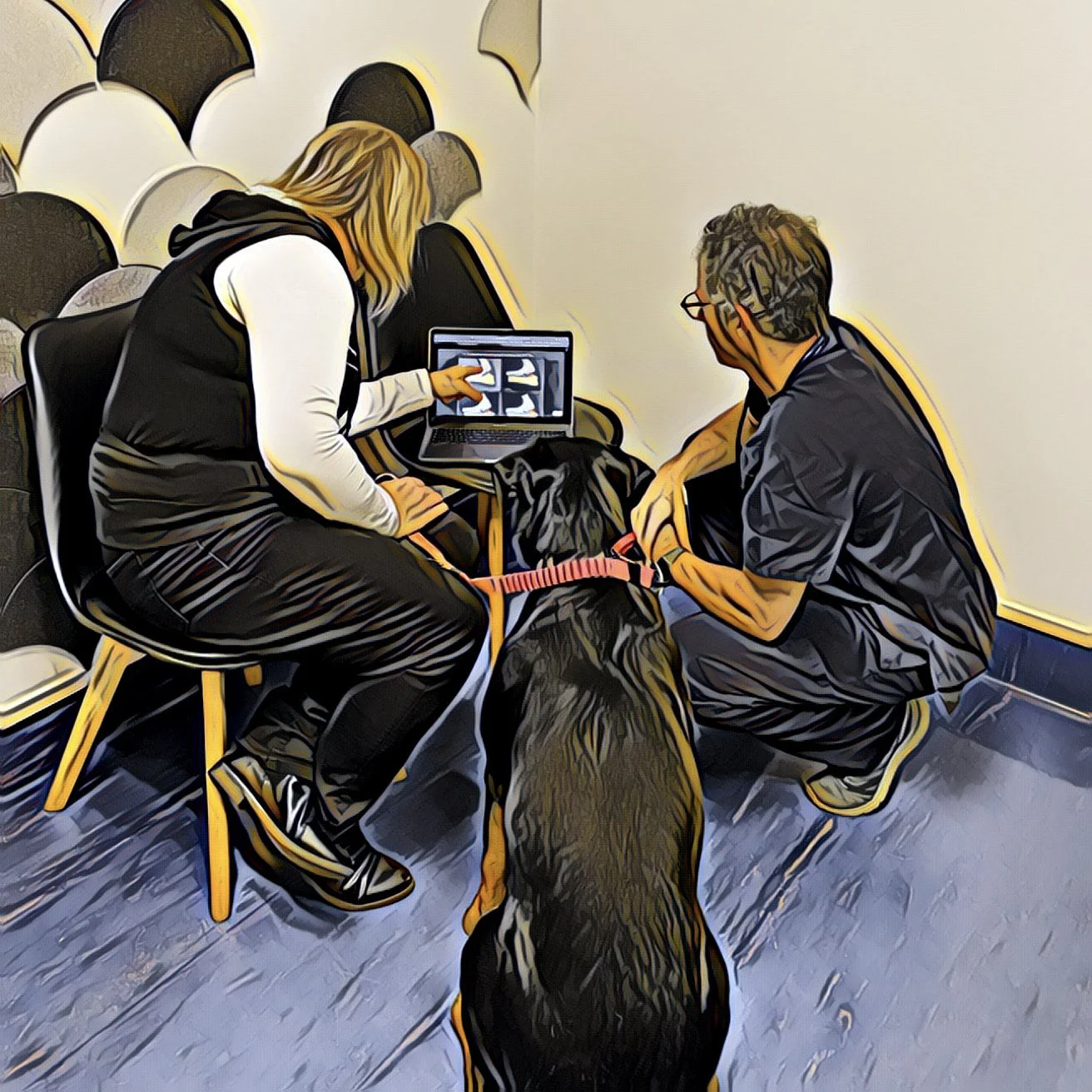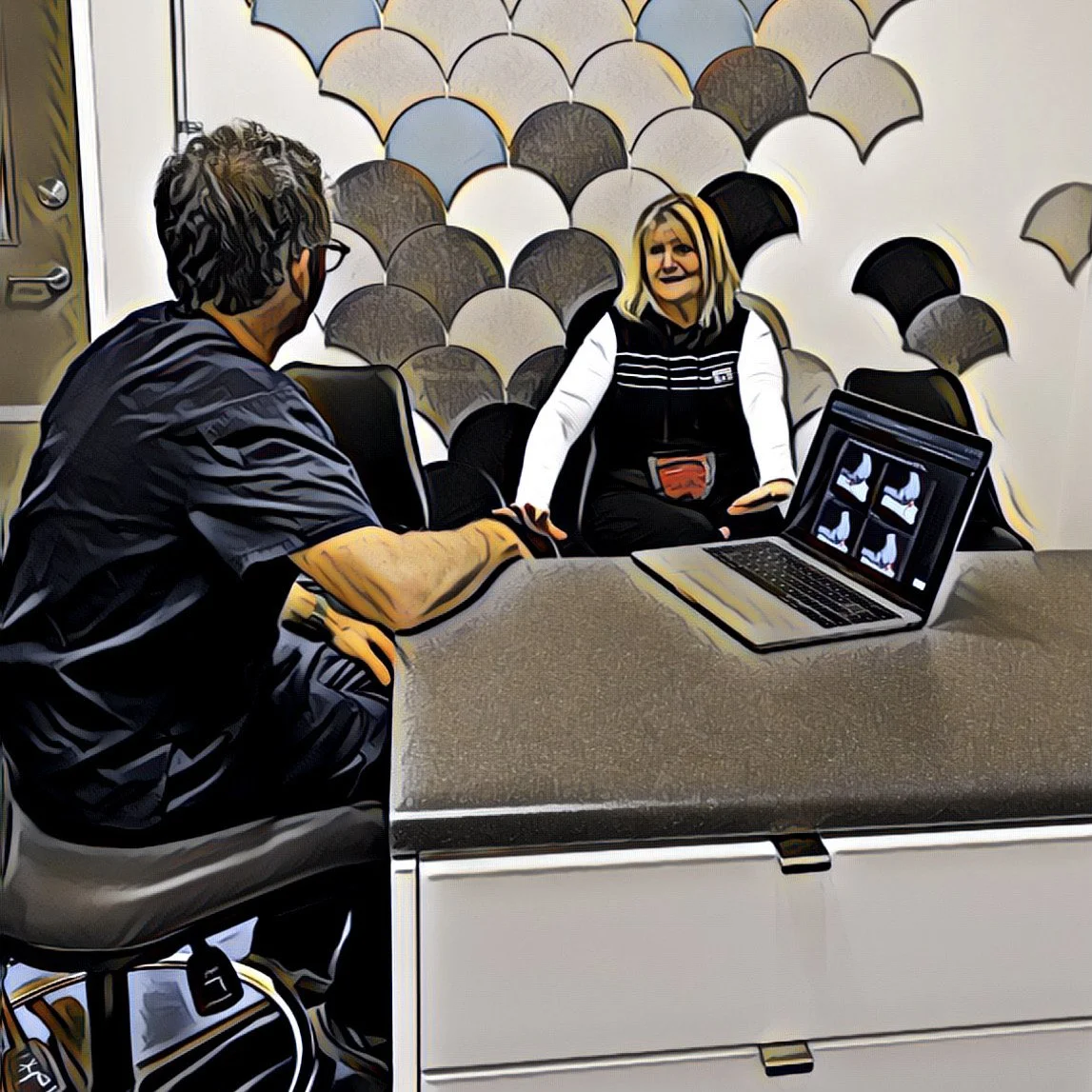THE HUMAN-ANIMAL BOND
If you're reading this page, there's a good chance your pets are cherished members of your family. Pets are often granted an equal status to other family members. The bond between a carer and their pet is very personal. For some, a powerful pet-owner bond elevates their status above human relationships. This sometimes includes relationships with other family members. There’s no right or wrong human-animal bond, provided we treat animals with kindness and respect. This means accepting a farmer whose dog sleeps outdoors doesn’t love them any less.
OWNER, CARER, OR PARENT?
The term pet owner doesn't devalue a human-animal bond. It's the best way to avoid ambiguity. Veterinary professionals, breeders and therapists are all pet carers. Although the expression 'pet parent' is gaining popularity, it risks confusion. In the context of ACL rupture, there are critical differences between children and dogs. If you choose to substitute the word parent for owner, try to resist the temptation to conjure a mental image of a furry human. This comparison might compromise your ability to make rational dog-specific choices.
SHARED DECISION MAKING
The decision making roles of a veterinarian and pet owner follow a spectrum. For simplicity, this continuous spectrum has been divided into three broad categories (see below). There are no right or wrong preferences. This means you’ll find yourself choosing between 'competing rights'.
-
PATERNALISM
Paternalism is a process whereby a veterinarian makes decisions on behalf of a passive owner. Choices are based on clinical expertise, without considering an owner's preferences or personal circumstances. The question "How would you treat your dog?" is very reasonable. It expresses a preference for paternalism.
-
INFORMED DECISION MAKING
Informed decision making occupies the opposite decision making extreme. Here the veterinarian fully informs an owner. They describe every reasonable treatment option and their implications in detail. Transferring technical expertise allows an owner to make a decision alone. Their choice considers their hopes, fears and restrictions.
-
SHARED DECISION MAKING
Shared decision making occupies the middle of the spectrum. In this model, a veterinarian and owner exchange information. The consultation begins with an owner describing their hopes, fears and restrictions. This model allows an owner to understand the options without making their choice alone. Both parties deliberate and decide on the ideal treatment together.
INFORMED CONSENT
Heightened concerns about professional liability have altered our behaviour. Surgeons are afraid of omitting obscure options and rare complications. Fear of litigation triggers a perception that everyone wants complex and exhaustive descriptions. A complete catalogue of risk is neither possible nor desirable. Sharing your decision making preferences allows your surgeon to respect them. Tap here to learn more about informed consent.






